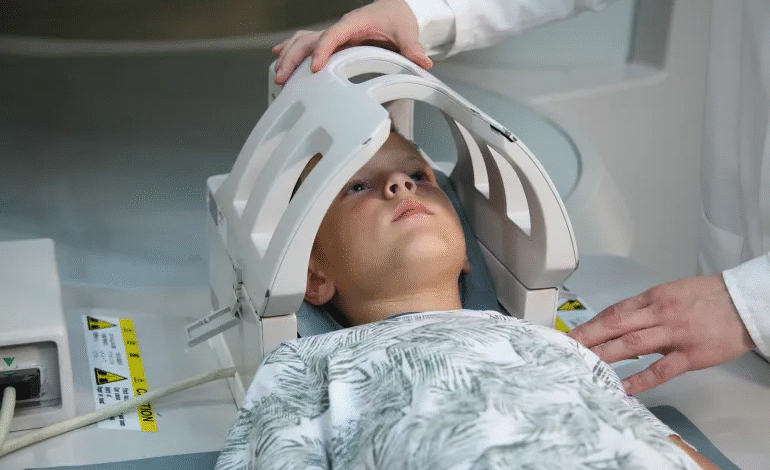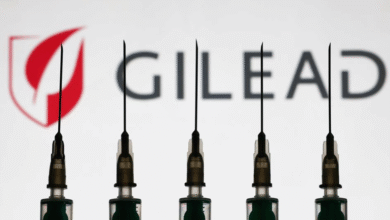Study Uncovers Hidden Mechanism Behind Aggressiveness of Rare Pediatric Brain Tumor

A groundbreaking new study has revealed that embryonal tumors with multilayered rosettes (ETMR)—a rare and aggressive pediatric brain cancer—rely on a genetic alteration that keeps tumor cells in an immature and highly invasive state.
The research, conducted by scientists from the Dana-Farber/Boston Children’s Cancer and Blood Disorders Center and the Broad Institute of MIT and Harvard, was published in Nature Cancer on May 26 and highlighted by EurekAlert.
Mimicking Early Brain Development
The study found that ETMR cells mimic early brain development by forming a hierarchical structure composed of stem cell-like populations—self-renewing and highly resistant to chemotherapy and radiation—as well as neuron-like cells capable of long-term electrical excitability.
This cooperation between immature and more differentiated tumor cells appears critical to the tumor’s survival. The more mature cells send signals that help sustain and nurture the stem-like cells, allowing the tumor to grow and resist treatment. These findings offer new hope for developing targeted therapies that could improve outcomes for patients suffering from this lethal disease.
“This is the first time we’ve been able to study this highly aggressive tumor through the lens of single-cell sequencing,” said Dr. Mariella Filbin, co-director of the Brain Tumor Center at Dana-Farber/Boston Children’s. “It’s fascinating how these different tumor cells help each other survive. Figuring out how to block these communication pathways could be key to developing future therapies.”
How Do the Cells Communicate?
The study identified key cellular pathways involved in tumor cell cooperation, particularly the fibroblast growth factor receptor (FGFR) and NOTCH signaling pathways. FGFRs play critical roles during early development and in adult tissues, and their dysregulation has been linked to various cancers. Similarly, NOTCH receptors influence cell division, fate, and death through short-range signaling across cell membranes.
Dr. Volker Hovestadt, co-author of the study, explained, “We discovered that FGFR and NOTCH receptors are prominently expressed on neural stem-like cells within the tumor, while the more differentiated malignant cells produce the corresponding ligands. This suggests a coordinated interplay that supports tumor growth. Targeting these interactions could represent a major therapeutic vulnerability in ETMRs.”
A New Avenue for Treatment
The research highlights the potential of repurposing existing FGFR inhibitors—already approved by the U.S. Food and Drug Administration—which have shown promising results in at least one patient treated under medical supervision.
The study calls for further clinical investigation into both FGFR and NOTCH inhibitors in patients with ETMR. Its findings lay the foundation for more precise and effective therapies, with the potential to dramatically shift how this cancer is treated.
Conclusion
This study offers critical insights into the biology of one of the most aggressive childhood brain cancers. By uncovering how different tumor cells collaborate and sustain each other, researchers have identified promising therapeutic targets that could pave the way for a new generation of personalized cancer treatments—bringing renewed hope to children and families facing ETMR.








